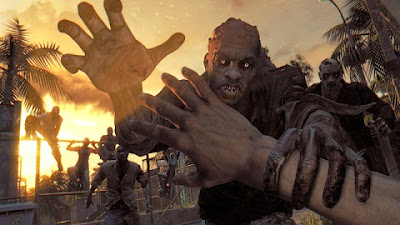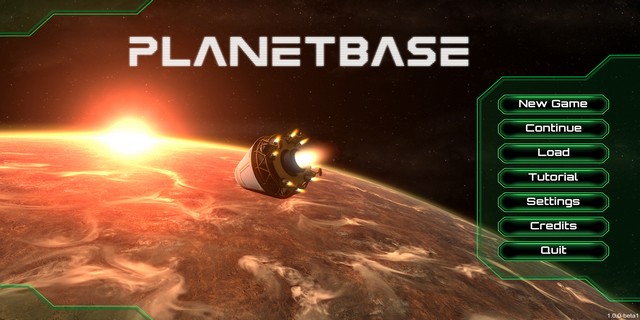


The randomly created space in video games isn’t exactly a brand new invention. These days, the most prominent example is Minecraft—a game that procedurally, randomly, yet according to a stringent and logical set of rules, generates a game space in all directions the player heads into.
These rules—these algorithms—get more and more refined as time goes on, new variables are added, new rules governing more rules that the player never really sees. All the player sees is the result. An endless amount of endless worlds to explore. No Minecraft world is like any other. You can actually never know what’s around the next corner.
But Minecraft was not the first game to employ randomly, procedurally generated worlds instead of lovingly hand crafted ones. One of the earlier, bigger examples was Rogue, and subsequently, its follow ups, the Roguelikes, which in turn also make up some of Minecraft’s genetic code. The biggest success in procedural generated worlds is without a doubt Blizzard’s Diablo series. No dungeon in a Diablo game is ever like another. Just like Minecraft, Diablo also shares some of Rogue’s genes, though it’s a much “softer” game in terms of how much of its gameplay depends upon randomly created environments.
What are the benefits of procedurally generated worlds? First, a game can become impossibly large. Just ask those people who travelled to the edge of their Minecraft worlds, traveling in one direction for weeks in real time. Second, if the algorithms are set up right, the world doesn’t only become impossibly large, but also limitlessly exciting. The game hides interesting stuff like loot or rare minerals, it’s up to the player to explore and discover, and no designer had a hand in placing things anywhere, except for coming up with the algorithms building the world.

So are game worlds that are created by algorithms better than lovingly hand crafted ones? There’s arguments for both. Procedurally generated worlds run the danger of feeling repetitive. Just take a look at some of the older Elder Scrolls games’ dungeons—especially those in Oblivion. But at the same time, a well designed procedural algorithm can save the designers time. Even more, through procedural generation, game worlds can indeed appear more organic than handcrafted ones. If that’s what the designers are shooting for, then that’s a good thing, right?
Another thing, and now we’re leaving the realm of the world building, is procedurally generated story. Skyrim had its share of procedurally, randomly thrown together questlines from the radiant AI system. But that wasn’t a system that was fully there yet. Ideally, a procedurally generated story world would populate it with characters with their own motivations and relationships to one another and then throw the player in the mix to play around there. This is probably hindered by current gen hardware capabilities, but that could actually be really something.
And now I’m even leaving the actual world behind and engage in some wild eyed speculation. Imagine a game world, sized like Skyrim’s, that’s a whole different world each time you create a new character. Or, hell, let’s do this one step at a time, imagine Skyrim. But instead of the hand crafted characters and relationships between them you get different characters every time. Not the same damn jarl twice. And then you can go and do meaningful quests. Rob trade caravans. Kill the farmers of Whiterun. Go wild.
This would be a wholly different approach to game design. The stories of this type of game would write themselves instead of having to be written in advance. It would be an approach to game design that would make game worlds much more organic and less pre-written. More interesting in a long run, more variables. However, things can also go “organically” wrong with this approach, and it would probably take a longer time to properly playtest. I think procedurally generated worlds aren’t necessarily better than hand crafted ones in general, but they do offer an interesting alternate route game design could and should definitely explore, since this design approach is one that’s uniquely fitted to video games.




 MGSV: The Phantom Pain Tips and Tricks for Beginners
MGSV: The Phantom Pain Tips and Tricks for Beginners Yakuza 4 Trophies List
Yakuza 4 Trophies List Just Cause 3 Beginner's Guide: 41 Tips, Tricks and Cheats
Just Cause 3 Beginner's Guide: 41 Tips, Tricks and Cheats Mark of the Ninja Walkthrough
Mark of the Ninja Walkthrough 10 Fun Chrome Extensions for a Little Christmas Cheer
10 Fun Chrome Extensions for a Little Christmas Cheer